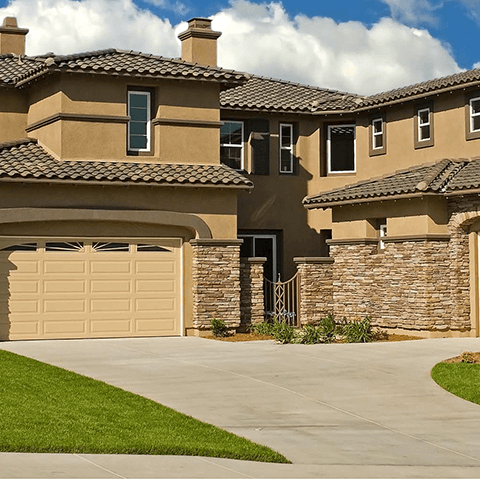FINDING THE RIGHT NEIGHBORHOOD FOR YOU
When we think of looking for a house, we generally start with the basics. How many bedrooms and bathrooms, one story or two, garage or carport, and so on. While all of these are important, don’t overlook the importance of finding the right neighborhood. Here are some tips to identifying what you really want, and where you want to be.
How You Live
Are you interested in something downtown, that’s close to all the nightlife? Or are the quieter suburbs more your speed? Perhaps you have aspirations of starting a small business from your house, which means you will need extra space. How you live now matters a great deal when it comes to selecting the neighborhood that is right for you. Are you outdoorsy? Look for areas with great parks and trails nearby. No car? You will want to be near mass transit options. Do you have (or want) dogs? Scope out local dog parks and look for pet-friendly restaurants nearby.
Life Changes
We all know that few things are guaranteed in life. But if you know you are about to go through a major life change, this could impact what type of neighborhood will work for you. For example, if you are about to get married, the dream bachelor pad probably won’t work for long. Thinking about kids? Factor in those extra bedrooms and room for toys so you don’t find you’ve outgrown what you thought was your “forever home” within two years.
Avoiding Costly Errors
If you’ve ever watched any of the house-hunting shows on television, you’ve probably seen couples who are looking for more space because their family is growing. Sometimes they are looking for their first home, but more often than not, they already bought a home just a few years prior, and now they need something bigger. Buying and selling homes is not cheap, and it’s not easy. While the budget may not always allow for a huge home right off the bat, if you know you plan to add to your family in the next 3-5 years, it’s worth exploring how much home you can get for your money now, to avoid having to sell and upsize in the fairly near future. This may impact the neighborhood you ultimately choose, but it could save you time, money, and anxiety down the road.
School Considerations
Speaking of kids, don’t forget to check out the quality of the school options in your desired neighborhood. Whether you are looking for a strong public system, or great private or charter options, do your research now so you aren’t caught off-guard after the contract has been signed. Quality schools boost home values, too, so even though you may pay a little more to get the house, you can feel good that those values will still be strong when you are ready to sell.
Much of the raw data on school district performance is available online, as well as ratings that are plugged into all the major home search sites like trulia.com and realtor.com. However, those scores don’t always give a complete picture. Whenever possible, talk to others who live in that area and get their opinions on what the schools are like. You can also arrange a tour of prospective schools and talk with administrators.
Narrowing the Field
Once you have an idea of the neighborhoods that fit your needs, spend time there. Go for a walk, check out the local restaurants, and talk with friends and connections that already live there. As you start to narrow your house prospects, see what the street is like at night. What’s the typical traffic situation? Are the neighbors friendly? Are there other children nearby? Getting a feel for the neighborhood before you commit will help you feel good about your choice.
If you are searching from afar, you may not have the luxury of gathering firsthand information about your prospective neighborhoods. That’s ok—the next best thing may be Trulia’s What Locals Say section, which gathers feedback from people who already live in that area. From schools to crime to pet-friendly options, this crowdsourced data is helpful for anyone not familiar with an area.
Making the Right Decision for You
The old adage, “location, location, location” still rings true today. After all, you can always remodel the inside, or repaint the exterior. But you can’t change where your home is located. With these tips, home buyers can more confidently select a house in an area that fits their needs and expectations now and in the future.

